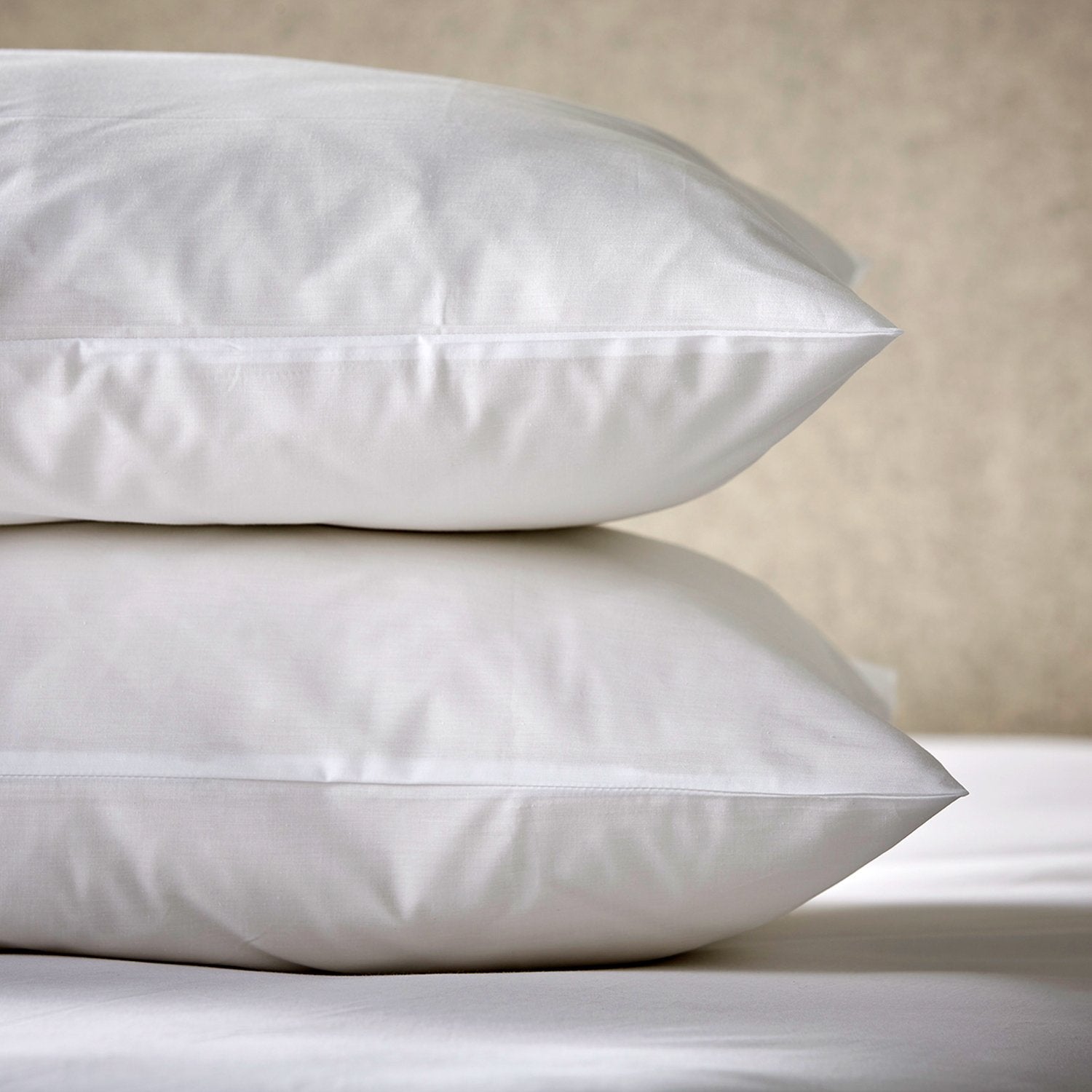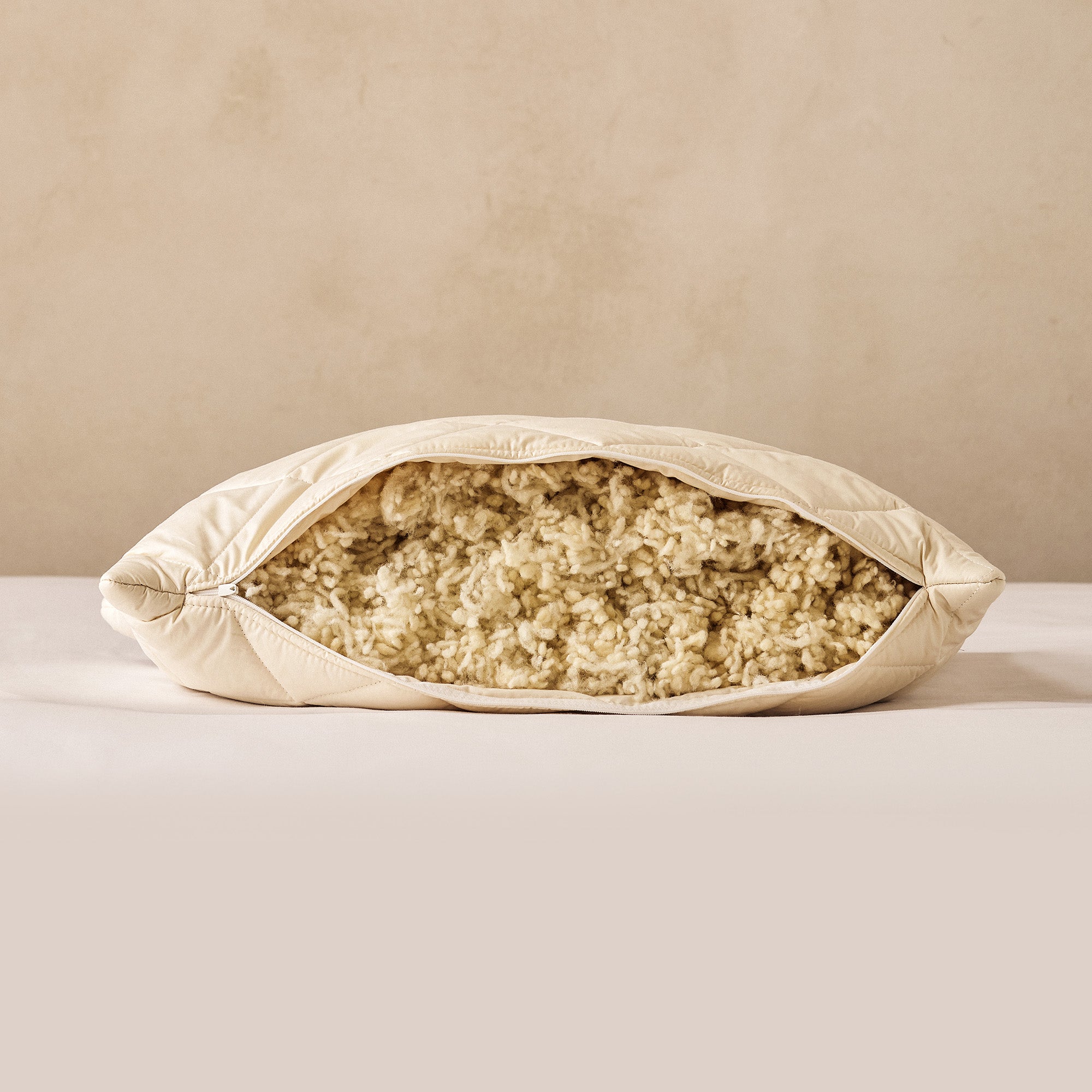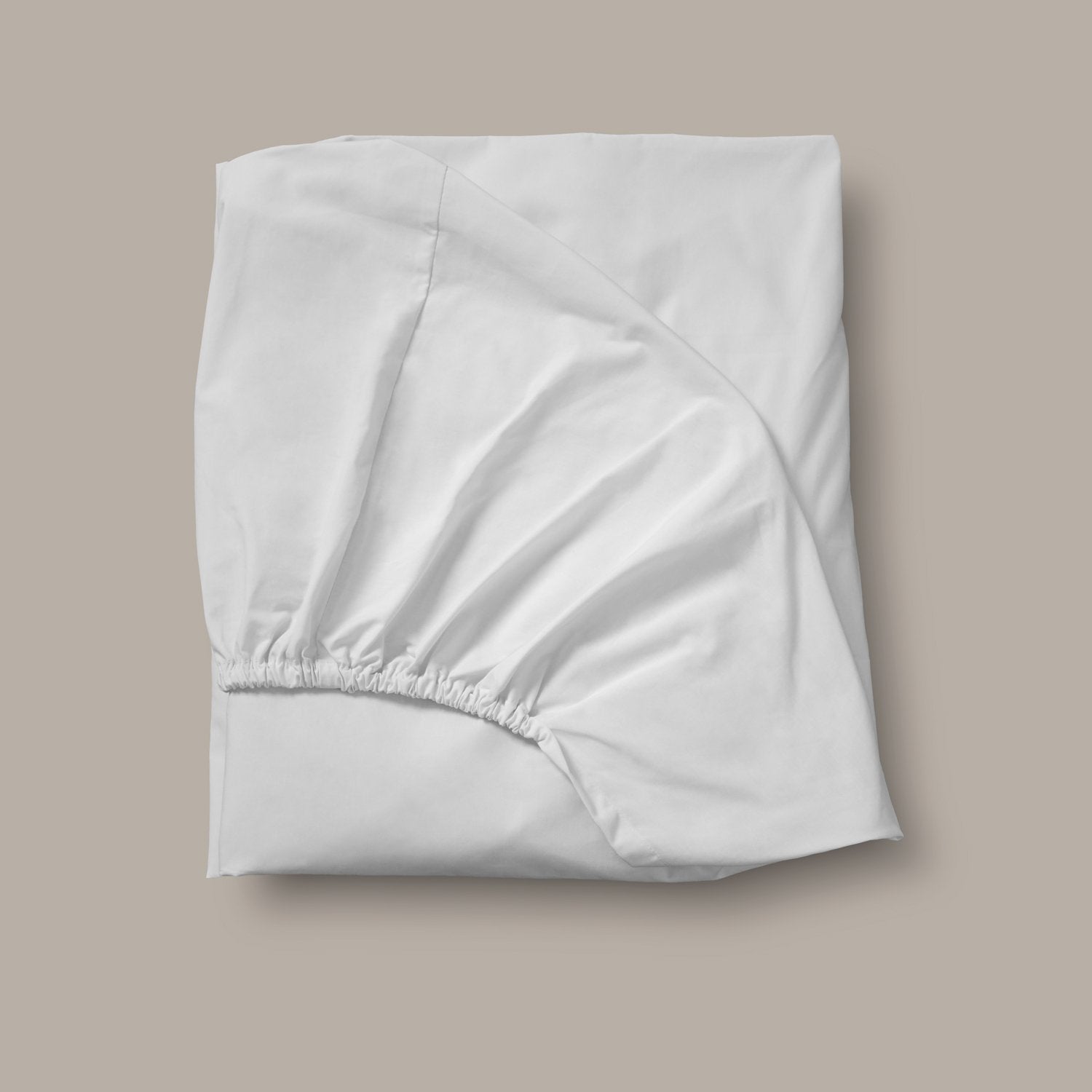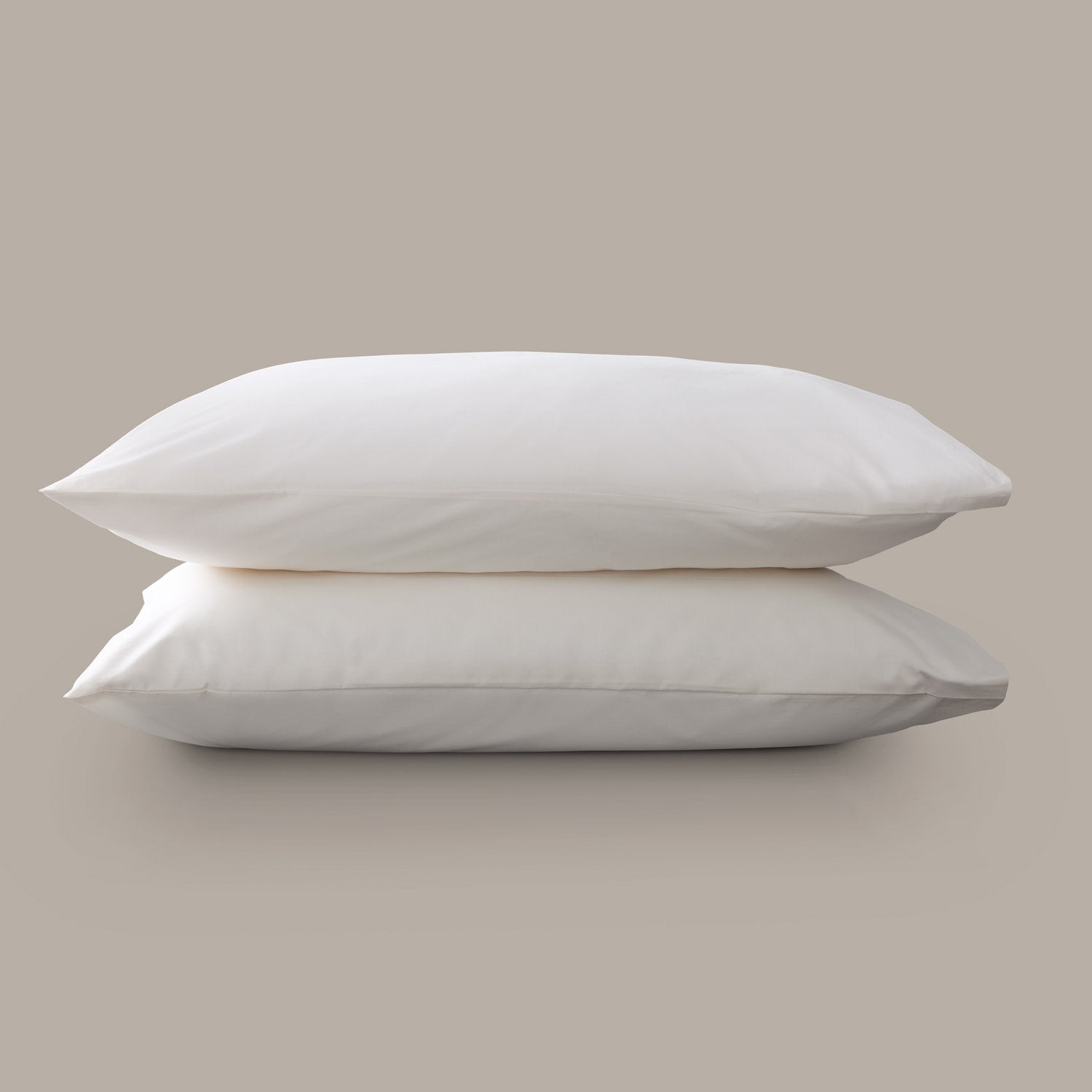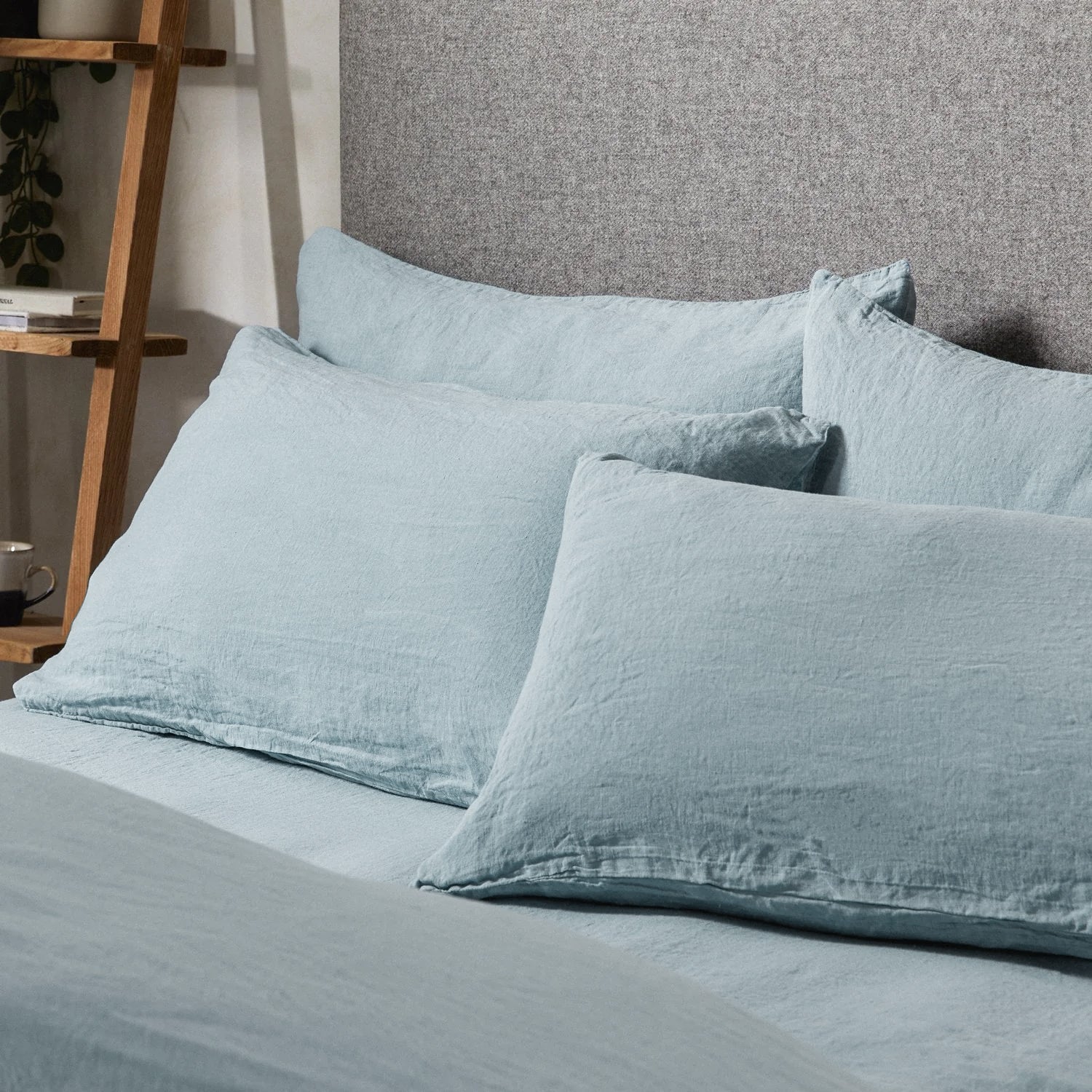Are you struggling to sleep at night from a shortness of breath? You may be suffering from sleep apnoea.
Don’t worry, there are steps you can take towards relieving the signs of sleep apnoea, to help you achieve a happier, healthier sleep. So what is sleep apnoea and how do you treat it? Find out below and learn how to help sleep apnoea at home.

What is sleep apnoea?
Sleep apnoea is a condition that results in the shortness of breath throughout sleep. Those who suffer from sleep apnoea struggle to take in enough oxygen at night, which can cause them to stop breathing periodically. This will then result in them gasping for air and waking up frequently. But what are the exact signs of sleep apnoea?
Signs of sleep apnoea
Is snoring a sign of sleep apnoea? And what do these breathing difficulties mean for your health? Some of the signs of sleep apnoea include:
- Breathing stops and starts during the night.
- Snoring loudly.
- Making gasping, snorting or choking noises.
- Waking up frequently.
Pinpointing the signs of sleep apnoea in yourself may be difficult, particularly if you live alone. It might be worth asking a relative or close friend to stay with you to help you note down your symptoms.
How does sleep apnoea affect your health?
As a condition that affects your quality of sleep and breathing, there are a few different side effects of sleep apnoea. So how does sleep apnoea affect your health?
- It can cause you to feel very tired and unenergetic throughout the day, and you may wake with a headache.
- You may find it hard to concentrate during the day due to the lack of sleep.
- A lack of sleep can also cause mood swings.
Is sleep apnoea dangerous?
If you ignore the signs of sleep apnoea, it can be damaging to your health. Your blood pressure levels may begin to rise, which may lead to other health issues, as well as the risk of developing a higher chance of having a stroke.
If you are worried about developing further health issues as a result of sleep apnoea, you should speak to your doctor to arrange appropriate treatment.
Can sleep apnoea be cured?
So, can sleep apnoea be cured? While there are a few steps you can take to relieve the signs of sleep apnoea, there is no official, long-term solution. The best way to try and avoid the condition is to stay at a healthy weight, as that can help to keep your airways clear and make breathing at night a lot easier. But there are a few simple treatments you can follow to help reduce the symptoms and encourage a better night’s sleep…
How to treat sleep apnoea
Wondering how to treat sleep apnoea to help relieve your symptoms? If your signs of sleep apnoea are mild, you may not need to be treated. But there are steps you can take to help. If you’re unsure whether you need official treatment or not, get in touch with your GP.
- CPAP machine: a mask that you wear as you sleep that pumps air into your mouth or nose, to help improve your breathing.
- MADs (mandibular advancement devices): a mouth guard that resembles a gum shield, which helps to lower the jaw, push the tongue forward and make it easier to breathe.
- Surgery: in more serious cases, you may require surgery to help your breathing, e.g., removing large tonsils, but this is typically a last resort.
How to help sleep apnoea at home
If your symptoms are mild, you might be wondering how to help sleep apnoea at home. There are a few day-to-day steps you can take to help relieve them. These include:
- As mentioned, one of the most recommended pieces of advice is to maintain a healthy weight.
- Yoga and regular exercise can help to encourage oxygen flow and improve your respiratory strength – in turn, this will help with the decreased oxygen saturation that causes sleep apnoea.
- Dehumidifiers can help to open up your airways, decrease any congestion and make it easier to breathe throughout the night.
- Using an oral device like a MAD can help to relieve the signs of sleep apnoea. You can typically buy these over the counter and they are relatively low cost.
- Sleep on your side. If you sleep on your back, your airway may become obstructed, which can cause you to wake up during the night.
So what can you do to help make your bedroom as sleep-apnoea friendly as possible? To sleep on your side comfortably, you’ll need the right mattress and pillow to provide appropriate support. The best mattress for someone with sleep apnoea is a softer surface that provides support to the hips and discourages sleeping on your back. On the other hand, the best pillows for side sleepers are more firm – ensuring that your spine is aligned correctly and you have the full support that you need.
Creating a comfortable environment provides the basis for a happy, healthy night’s sleep. At Woolroom, we design and manufacture chemical-free, naturally comfortable wool mattresses and pillows – giving you the ultimate clean sleep and helping you wake feeling refreshed and ready for the new day.
Browse the full range of wool pillows and wool mattresses at Woolroom to create your perfect sleep sanctuary with the right amount of support that you need to sleep through the night.



